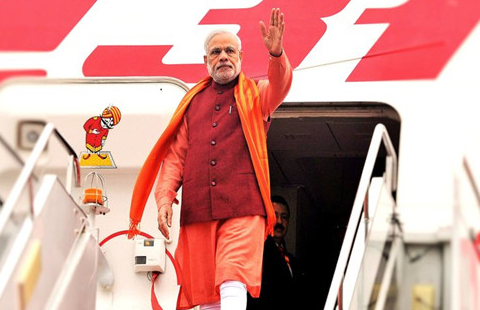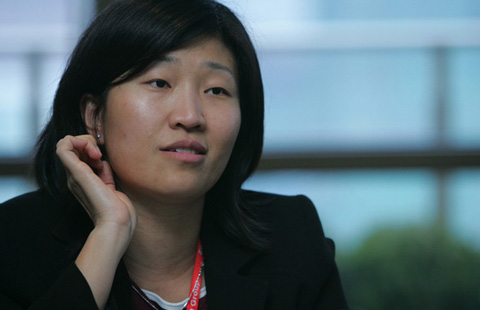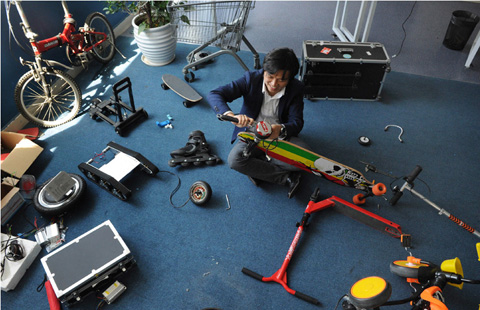
An evolutionary process has made development funding more democratic, giving Africans more control
In the 1990s and early 2000s, African governments seeking financing for capital-intensive and risky infrastructure projects were forced to accept financing, resources and delivery of projects from a single source, usually tied to the financier. This worked well for the financier in ensuring delivery of the project, but often things did not work out, particularly when there was foreign meddling in a country's domestic affairs.
For example, in the 1980s and 1990s the World Bank and International Monetary Fund introduced an austerity-type structural adjustment program in East Africa that lead to rapid privatization of utilities and manufacturing as a condition to unlocking infrastructure funds. With shoestring budgets, the governments then had to cut social spending, and that hurt many people, who felt worse off despite the macro-level economic numbers on paper seeming to be right.
This was the classic pattern for development finance projects. To get money you had to comply with what the lenders demanded in cleaning up your house economically, socially and politically. So you had to go along with what they wanted and thereafter had little say over the interest charged and how fast the loan was repaid. After all, there was little choice.
With sluggish economies, poor social indicators including unemployment, and lingering political instability, African governments then began to look to the East, welcoming China to play an economic role.
In the 1990s, trade between China and Africa increased sevenfold, forums in which the two collaborated were set up and an increasing number of African delegations beat a path to China. African governments found working with the country much more congenial, particularly given China's policy of not interfering in the internal affairs of other countries.
Though this movement was politically motivated, underpinning it was a strong economic rationale. In 2005, for example, after 30 years of little trade between China and Angola, China extended a $2 billion line of credit to reconstruct key road, electricity and administrative infrastructure. Interest was set at a favorable 1.5 percent for 17 years, and there would be trade in oil.
By 2010 China had in effect replaced the World Bank as the go-to financier for African governments, and it was dubbed the world's sub-prime lender. While the World Bank signed loan agreements worth $11.4 billion with 36 governments, China Exim Bank reported a $13 billion facility to Ghana alone.
In addition, Chinese money came with favorable interest rates and fewer political and social demands.
Now the economic tide is turning. The Chinese model has been criticized for handing over a big pot of funds that remains tightly controlled and that does not circulate within the recipient country.
Until 2010 things were going very well, with China providing cheap financing, machinery and expertise unavailable in the borrower's country.
About 2010-11, after the dust settled on the global financial crisis, something significant happened to development finance, a kind of big bang: It became democratized. The nexus was broken linking the cheapest financier, best equipment and expertise. As Western investment opportunities collapsed, large pension funds in Europe and the United States, as well as oil funds, were looking for opportunities to invest elsewhere. With interest rates falling to below 1 percent in Europe, Western governments turned their eye to African projects that were attracting up to double-digit returns.
The result is that African governments can now split sources of funds, sources of materials and project expertise. Increasingly African governments have issued bonds that are frequently oversubscribed. This money then ends up and circulates within the country, giving the African governments greater say in dictating subsequent terms in the projects. Zambia issued an over-subscribed bond in September 2012, followed by Rwanda in 2013 and Kenya last year. Kenya's debut is worth a special mention. The government sought $2 billion but it attracted four times that.
These new sources of funding are attractive and becoming more competitive, and cheaper funds have a multiplier effect on domestic economies. In the pursuit of economic success, including creating jobs, governments are then using multiple contracts for the execution of projects to provide a stronger stake for locals.
In the future, we are likely to see China playing the role it is best suited to in providing machinery and being less involved in one-to-one financing. Its role in executing projects could also shrink as locals gain more expertise.
The author is a lecturer in the School of Finance and Applied Economic at, Strathmore University, Nairobi.
(China Daily Africa Weekly 05/15/2015 page9)








